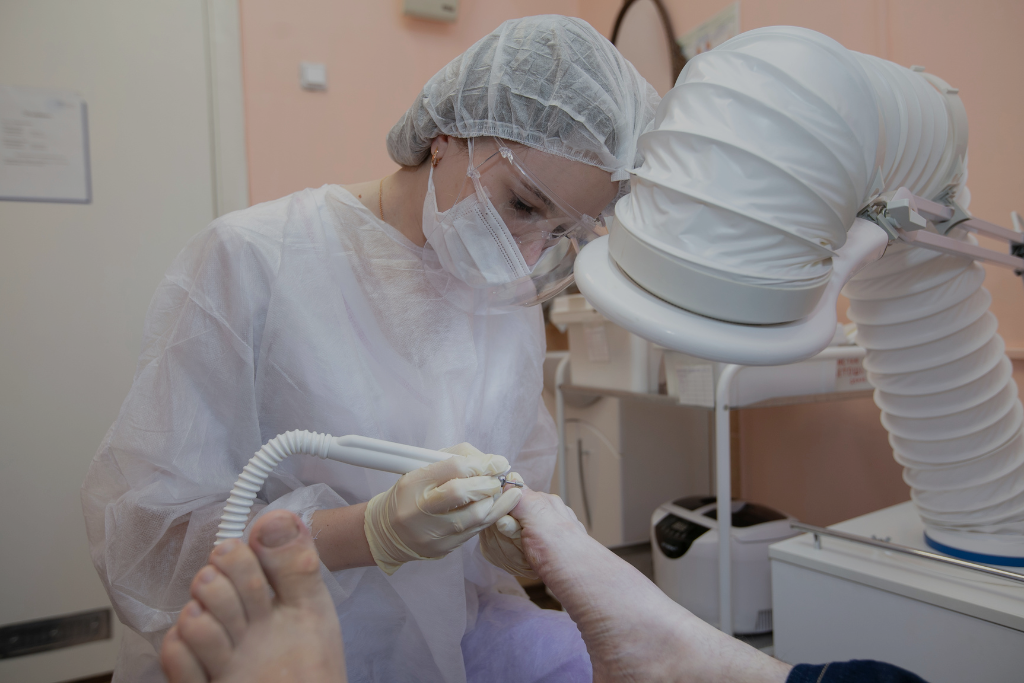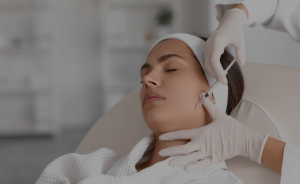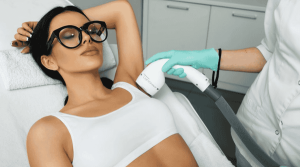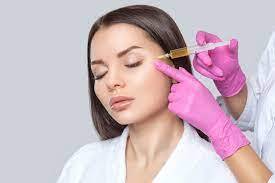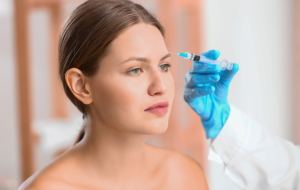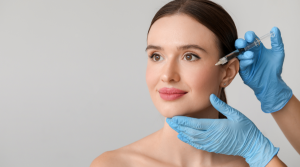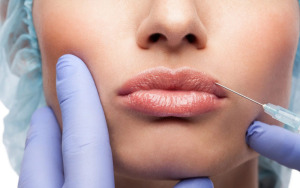Introduction
Battling nail fungus requires not just the right treatment but also patience. At Beauty Aesthetics, Toronto, we understand the frustration and embarrassment that comes with fungal nail infections. Whether affecting your toenails or fingernails, this common condition can be stubborn and persistent, often taking longer to treat than many patients expect. Understanding the timeline for various nail fungus treatments is crucial for maintaining motivation throughout the healing process. This comprehensive guide explores the different treatment options available, their expected timelines, factors that influence recovery, and why our specialized approach at Beauty Aesthetics offers superior results for those struggling with this challenging condition.
Understanding Nail Fungus: The Basics
What Is Nail Fungus?
Nail fungus, medically known as onychomycosis, is a common infection caused primarily by dermatophytes, a type of fungal microorganisms. These fungi thrive in warm, moist environments and can invade the nail through tiny cuts or separations between the nail plate and nail bed.
Signs and Symptoms
Fungal nail infections typically present with:
- Thickened nails
- Discolored toenails (often yellow toenails)
- Cracked nails or frayed nails
- Distorted nail shape
- Foul smelling nail
- Detached nail from the nail bed
Common Causes
Several factors increase your risk of developing fungal nails:
- Exposure in communal showers
- Wearing tight hosiery or non-breathable shoes
- Frequenting nail salons with improperly sterilized pedicure tools
- Poor foot hygiene
- Chronic diseases like diabetes
- Immune-deficiency conditions
Treatment Options for Nail Fungus
Topical Treatments
Prescription Topical Medications
Topical medication applied directly to the infected nail includes:
- Antifungal nail polish (nail lacquers)
- Antifungal creams
- Topical solution containing active antifungal ingredients
Over-the-Counter Options
Non-prescription options include:
- Antifungal nail creams
- Nail Serum with antifungal properties
- Antifungal powder for shoes
Oral Medications
Prescription Oral Antifungals
Oral medication prescribed by a dermatologist or foot doctor may include:
- Terbinafine (Lamisil)
- Itraconazole (Sporanox)
- Fluconazole (Diflucan)
These oral drugs work by helping a new, healthy nail grow free of infection, gradually replacing the infected nail.
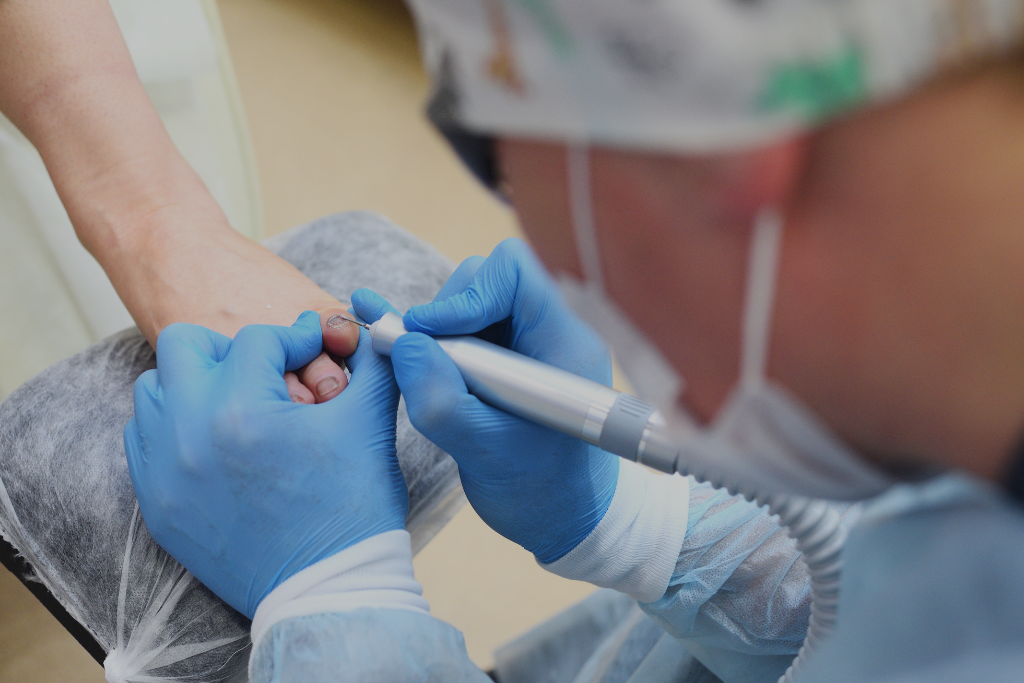
Laser Treatments
How Laser Therapy Works
Laser treatments work by:
- Using targeted light therapy to penetrate the nail plate
- Destroying fungal cells without harming surrounding tissue
- Reaching deeper layers of the nail that topical treatments cannot
Types of Lasers
Different technologies include:
- Lunula Laser (cold laser therapy)
- Diode laser (hot lasers)
- Blue Light Toe Nail Fungus Device
Surgical Approaches
Nail Removal
In severe cases, surgical removal of the infected nail may be necessary:
- Partial nail removal targets the infected portion
- Complete removal of the entire nail may be required for extensive infections
- Nail matrix modification prevents regrowth of diseased nail
Treatment Timelines: What to Expect
Topical Antifungal Treatments
Expected Timeline
For topical treatments:
- Initial improvements may be visible within 2-3 months
- Complete resolution typically requires 9-12 months
- Success rates vary between 20-50%
Factors Affecting Efficacy
The effectiveness of topical treatments depends on:
- Consistent application
- Ability to penetrate the nail plate
- Severity of the infection
- Patient compliance
Oral Medication Timelines
Duration of Treatment
For oral antifungals:
- Treatment courses typically last 6-12 weeks
- Visible improvement begins around 2-3 months
- Complete nail replacement takes 9-12 months for toenails
- Fingernails typically respond faster (4-6 months)
Success Rates
Oral medications offer:
- Clinical cure rates of 60-80%
- Mycological cure rates (elimination of fungus) of 70-90%
- Higher efficacy than topical options alone
Laser Treatment Timeline
Treatment Schedule
Typical laser therapy involves:
- 4-5 treatments spaced 4-6 weeks apart
- Each session lasting approximately 15-30 minutes
- No downtime, allowing return to normal activities immediately
Results Timeline
After laser treatments:
- Initial improvement may be visible within 3-6 months
- Full results typically take 9-12 months as the nail grows out
- Efficacy rate ranges from 50-70% depending on the specific laser
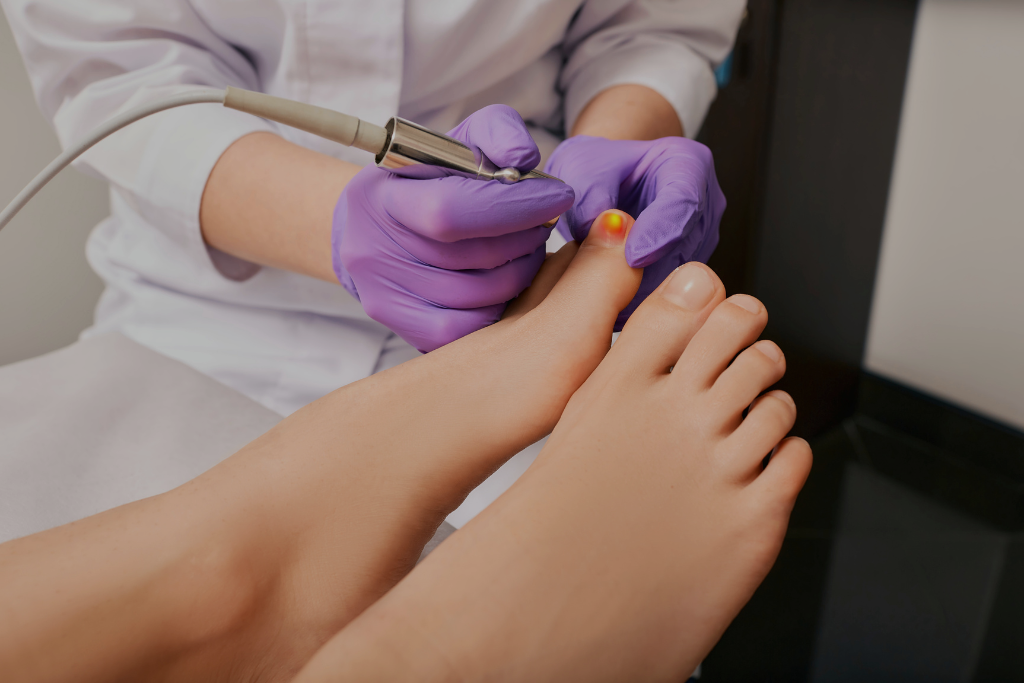
Combination Therapy Timeline
Enhanced Approach
When treatments are combined:
- Oral medication + topical treatment can show results in 2-3 months
- Laser + topical solution offers improvement in 3-4 months
- Complete nail transformation still requires full nail growth cycle
Factors That Influence Treatment Duration
Severity of Infection
Early Stage vs. Advanced Infection
- Mild infections affecting less than 50% of the nail may resolve 30-40% faster
- Severe infections with significant nail thickening require longer treatment
- Long-standing infections (over 5 years) are more resistant to treatment
Location of Infection
Toenails vs. Fingernails
- Fingernail fungus typically responds more quickly than toenail fungus infection
- Toenails grow at approximately 1mm per month (vs 3mm for fingernails)
- Complete toe nail replacement takes 12-18 months
Patient Health Factors
Underlying Conditions
Treatment efficacy and duration are affected by:
- Diabetes and circulatory system disease
- Immune system function
- Age (people age over 65 typically experience slower nail growth)
- Blood pressure issues and other chronic diseases
Compliance with Treatment
Adherence to Protocol
Treatment success depends heavily on:
- Consistent application of topical treatments
- Completing the full course of oral medication
- Following foot care recommendations
- Maintaining proper nail hygiene
Home Care to Support Treatment
Daily Foot Hygiene
Essential Practices
Proper home care includes:
- Washing feet with soap daily
- Keeping feet dry, especially between toes
- Changing socks daily
- Using antifungal powder in shoes
Footwear Considerations
Shoe Selection
Best practices include:
- Wear shoes that allow air circulation
- Avoiding tight hosiery that traps moisture
- Using shower shoes in public facilities
- Rotating shoes to allow complete drying
Nail Care Practices
Proper Techniques
Recommended nail care includes:
- Using dedicated nail clippers for infected nails
- Aggressive clipping of thicker nails (under professional guidance)
- Avoiding application of polish to nails suspected of infection
- Refraining from artificial nail application
Alternative and Complementary Treatments
Natural Remedies
Plant-Based Options
Some patients find benefit from:
- Tea tree oil, known for its antifungal properties
- Vicks VapoRub, containing eucalyptus oil
- Apple cider vinegar soaks
- Essential Oil Nail Fungus Repair Liquid
Lifestyle Modifications
Supporting Recovery
Lifestyle changes that may help include:
- Regular exposure to sunlight (in moderation)
- Maintaining overall good health
- Managing underlying conditions
- Avoiding nail salons with questionable sterilization practices
Potential Challenges and Setbacks
Treatment Resistance
When Treatment Fails
Common reasons for treatment failure include:
- Misdiagnosis (nail psoriasis can resemble fungal infection)
- Reinfection from shoes or environments
- Incomplete treatment courses
- Drug interactions with other prescription drugs
Side Effects Management
Dealing with Complications
Patients should be aware of:
- Potential harmful side effects from oral antifungals
- Need for blood tests when using certain oral medications
- Possible adverse effects like abdominal pain or chest pain
- Temporary skin irritation from topical treatments
Medical Monitoring During Treatment
Professional Oversight
The Role of Healthcare Providers
Proper treatment includes:
- Regular follow-up appointments
- Assessment of treatment efficacy
- Monitoring for adverse effects
- Adjustment of treatment plan as needed
Diagnostic Tools
Tracking Progress
Healthcare professionals may use:
- Visual inspection
- Nail sampling for laboratory confirmation
- Photography to document improvement
- Patient-reported symptom assessment
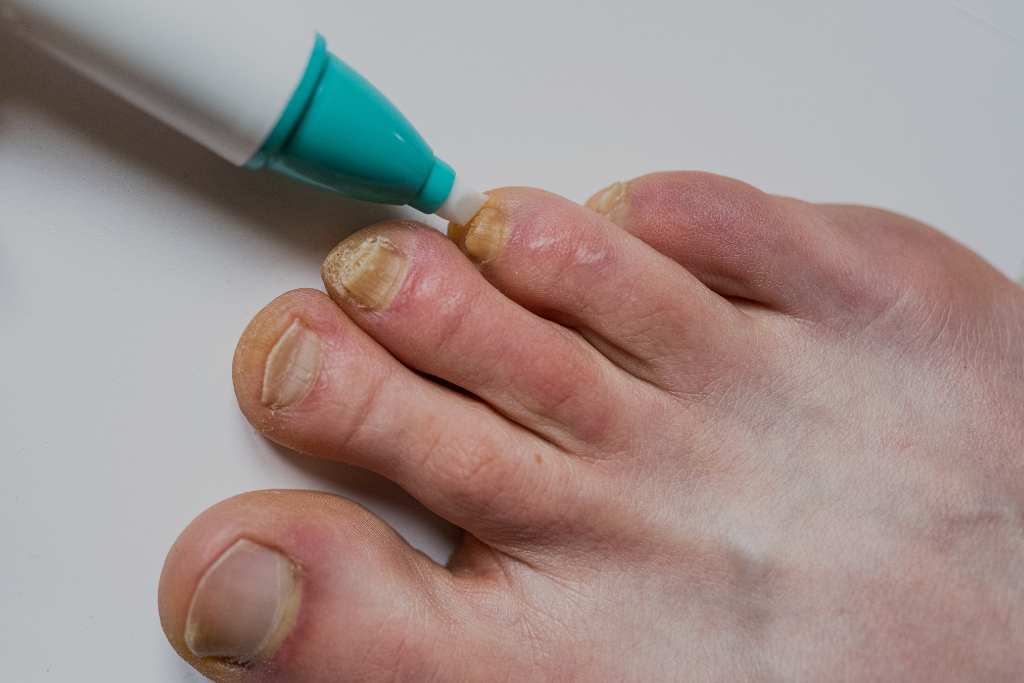
Why Choose Beauty Aesthetics, Toronto
Specialized Expertise
At Beauty Aesthetics, Toronto, we bring specialized knowledge to nail fungus treatment:
- Staff trained in the latest treatment protocols
- Understanding of the various types of drugs and their efficacy
- Access to advanced diagnostic tools for accurate assessment
- Custom treatment plans tailored to individual needs
Comprehensive Treatment Approach
Our clinic offers multiple treatment modalities in one location:
- Professional-grade topical treatments
- Coordination with prescribing physicians for oral medications
- State-of-the-art laser therapy options
- Nail Repair services for cosmetic improvement during treatment
Advanced Technology
We invest in the most effective treatment technologies:
- Health Canada approved laser systems
- Nail Strengthener products for damaged nails
- Cosmetic Nail Fungus Treatment options for appearance during healing
- Fungal Nail Patches for continuous medication delivery
Patient-Centered Care
Our approach focuses on the whole patient:
- Education about prevention and recurrence
- Support throughout the treatment journey
- Alternatives to surgery when appropriate
- Regular follow-up to ensure progress
Conclusion
Nail fungus treatment is a journey that requires commitment and patience. While timeframes vary based on the treatment chosen, infection severity, and individual health factors, most patients can expect visible improvement within 3-6 months and complete resolution within 9-18 months. At Beauty Aesthetics, Toronto, we understand this timeline can feel daunting, but our comprehensive approach combines the most effective treatment options, expert guidance, and supportive care to ensure the best possible outcome. With proper treatment and preventive measures, you can restore the health and appearance of your nails, allowing you to confidently return to normal activities without the embarrassment or discomfort of fungal nail infections.

